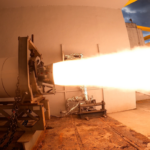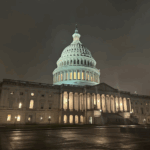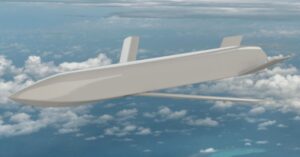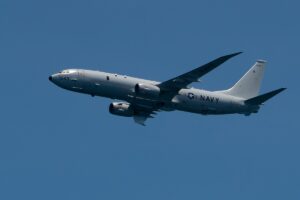
A bill introduced in the House this week would direct Customs and Border Protection (CBP) to create a plan for electronically scanning 100 percent of all commercial and passenger vehicles entering the U.S. at land ports of entry and evaluate how the scanning technology can be improved. The Securing America’s Ports Act (H.R. 5273) highlights that most illegal drugs coming into the U.S. enter through, not between, ports of entry (POE). The bill is sponsored by Reps. Xochitl Torres Small…

 By
By 











